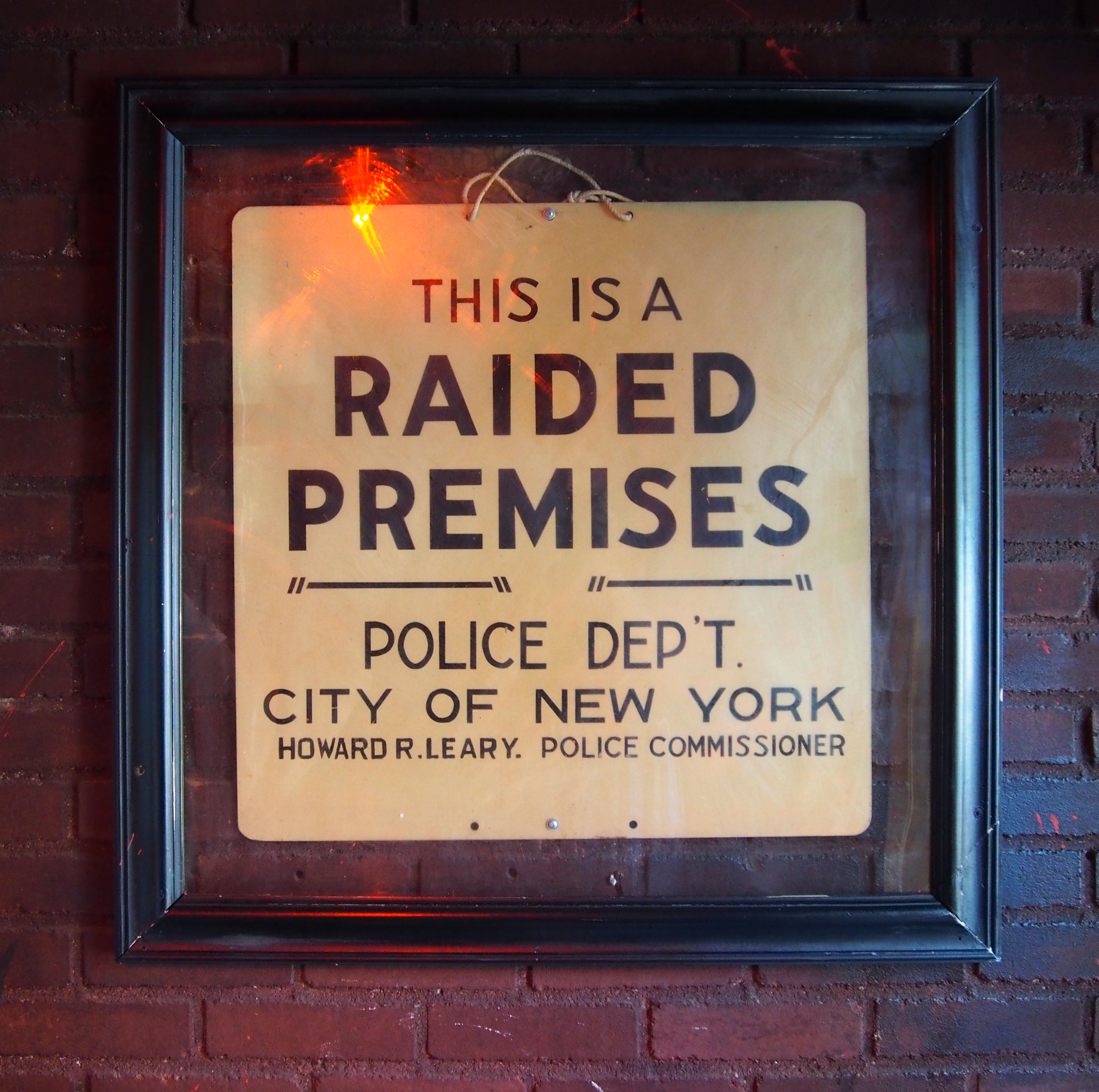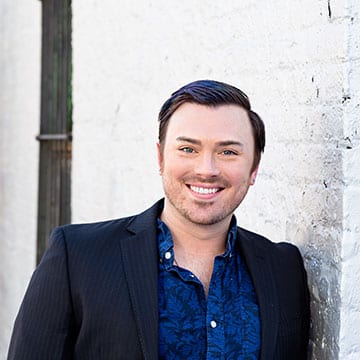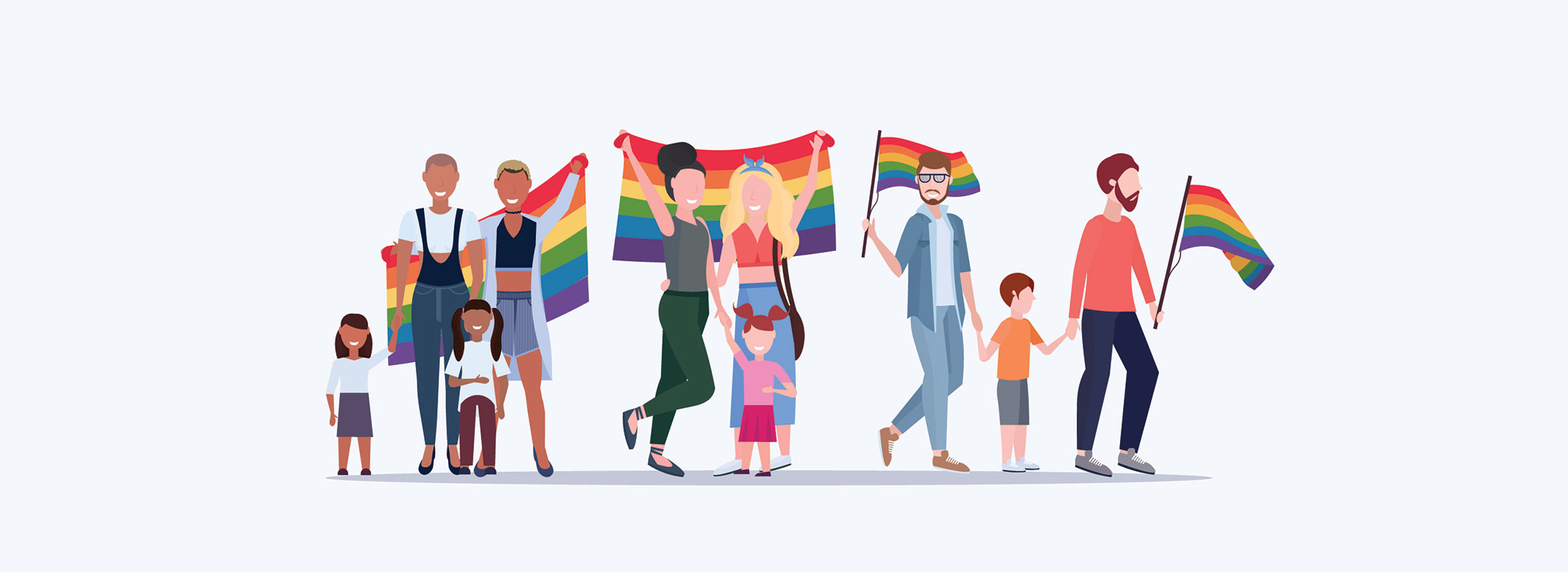Why Is June LGBTQ+ Pride Month?

How did the LGBTQ+ community settle on June for Pride Month?
It might seem like it’s entirely random, but there is a good reason for LGBTQ+ pride month to be in June. The fight for LGBTQ+ rights has been going on for a very long time, and part of that history is the reason. Do you know the all-important reason? If we travel back in time 50 or so years, we would find a very different time for the LGBTQ+ community. Being gay was still considered a mental illness in the psychological community. It was against the law for two men to have sex (yes, even in the privacy of their own home). And owning an establishment that served the gay population like a bar or a club, was not very safe. In fact, many gay men were arrested for lewdness or indecency if they were claimed to be openly gay in public. The only thing worse than being a gay man at this time was being transgender, especially transgender people of color. Public spaces were few and far between, and this was in Manhattan.“Behind these doors they were living their truest life and finally free of how society wanted them to act and look.”
Many gay bars had boarded up windows in order to protect patrons identities and to keep anyone from seeing what happened inside. Even with these laws and being forced to hide, there was a sense of freedom in dancing and drinking with friends and being able to be whoever you wanted to be. In these spaces many trans women would come in dressed as a man, but bring clothing and a wig in order to change into “something a bit more comfortable.” Behind these doors they were living their truest life and finally free of how society wanted them to act and look.
At this same time there was a large police presence in the city. Many bars, not just gay bars, were raided and checked for drugs or illegal alcohol. There were taxes to be paid on alcohol sales, so bars purchasing alcohol on the sly would sell it without paying the taxes on it. This happened often in gay bars, who were often connected with the mafia, and it was known by the police. How do we know that? Because the police would tip off the bar in advance of a raid, and get a little cut of the cash. In fact, it was commonplace for a police raid to take place very early in the evening, maybe six or seven o’clock, allowing ample time for the bar to restock their liquor and open in time for the night. One specific trick was to have a car full of booze waiting around the corner, so that when police came and took their stock, it was easily replenished and setup for customers.
“This happened often in gay bars, who were often connected with the mafia, and it was known by the police”

This, as I said, was common practice, and there was a “gentlemenly” agreement between the bar owners, the cops, the mob, and the queer community. You give us what we want, and we’ll leave you alone. It worked for a long time, and while it isn’t the ideal situation for the gay community, it was a start. This lovely agreement came to an end however on June 28th, 1969.
The police planned a raid on a now historical landmark, The Stonewall Inn. This bar is still in the heart of the Greenwich Village in lower Manhattan and still sees quite a huge turnout for drinking, dancing, and drag. It also tends to be the congregating spot for any parades, marches or protests in Manhattan.
So this historic evening, the police raid did not quite go as it had prior. This night, there was a crackdown on the queer community, in particular the trans community. The police did not tip off the bartenders; the bar was not prepared; it didn’t happen early in the evening. As a matter of fact, it was 1:20 a.m. when police pounded on the door and shouted, “We’re taking over the place!”
Of course, at this hour, after many had been drinking all night and those in women’s clothing didn’t have time to change back, people began to panic. When police came inside, they started rounding up the people in women’s clothing. Anyone dressed as a woman was forced to go to the bathroom with a police officer. After being patted down they were forced to undress. If they didn’t have female genitalia, they were immediately placed under arrest.

Of course anyone in possession of drugs was arrested, as well as, any man caught being intimate with another man. As the raid continued, unrest began to brew. Slowly people were let out of the club, but the longer police stayed inside, more and more people flooded the streets and filled the park just across from The Stonewall Inn. In order to reclaim control, the police closed and barricaded the door. This terrified the crowd outside, many of whom had loved ones, “sisters,” and chosen family still inside. For the queer community at that time, especially the trans community, the friends they had were the closest thing to a family. Many of them were abandoned by birth family because of who they are. That, sadly, still continues today as 40% of homeless youth in NYC currently are LGBTQ+ and primarily homeless by either being kicked out, or running in fear, from their home.
As anxiety rose, it is rumored that a trans woman of color, Sylvia Rivera picked up a brick and threw it through the window. While it isn’t clear, because it was nearly 2 a.m. and it was the beginning of a riot, what is abundantly clear is that a group of New Yorkers who were tired of being treated as second class citizens rose up and took the night. They lit garbage cans on fire, threw bricks, started marching and shouting, calling the cops, “Pigs!” among other less savory things.
However this was not just one night of rioting. This went on for two more nights, with crowds forming at Stonewall each night. The queer community of the city was tired of being hidden, tired of being policed, and tired of being abused. Many view this historic night as the beginning of the LGBTQ rights movement in America. And when did it happen? It happened at 2am, on a Sunday morning, in fact, the last Sunday in June. NYC’s Pride March has happened every year on the last Sunday in June to honor that fight, and recently, President Barack Obama officially declared June National Pride Month in honor of the fight for civil rights for the queer community.
“That, sadly, still continues today as 40% of homeless youth in NYC currently are LGBTQ+ and primarily homeless by either being kicked out, or running in fear, from their home”

How did the LGBTQ+ community settle on June for Pride Month?
It might seem like it’s entirely random, but there is a good reason for LGBTQ+ pride month to be in June. The fight for LGBTQ+ rights has been going on for a very long time, and part of that history is the reason. Do you know the all-important reason? If we travel back in time 50 or so years, we would find a very different time for the LGBTQ+ community. Being gay was still considered a mental illness in the psychological community. It was against the law for two men to have sex (yes, even in the privacy of their own home). And owning an establishment that served the gay population like a bar or a club, was not very safe. In fact, many gay men were arrested for lewdness or indecency if they were claimed to be openly gay in public. The only thing worse than being a gay man at this time was being transgender, especially transgender people of color. Public spaces were few and far between, and this was in Manhattan.“Behind these doors they were living their truest life and finally free of how society wanted them to act and look.”
Many gay bars had boarded up windows in order to protect patrons identities and to keep anyone from seeing what happened inside. Even with these laws and being forced to hide, there was a sense of freedom in dancing and drinking with friends and being able to be whoever you wanted to be. In these spaces many trans women would come in dressed as a man, but bring clothing and a wig in order to change into “something a bit more comfortable.” Behind these doors they were living their truest life and finally free of how society wanted them to act and look.
At this same time there was a large police presence in the city. Many bars, not just gay bars, were raided and checked for drugs or illegal alcohol. There were taxes to be paid on alcohol sales, so bars purchasing alcohol on the sly would sell it without paying the taxes on it. This happened often in gay bars, who were often connected with the mafia, and it was known by the police. How do we know that? Because the police would tip off the bar in advance of a raid, and get a little cut of the cash. In fact, it was commonplace for a police raid to take place very early in the evening, maybe six or seven o’clock, allowing ample time for the bar to restock their liquor and open in time for the night. One specific trick was to have a car full of booze waiting around the corner, so that when police came and took their stock, it was easily replenished and setup for customers.
“This happened often in gay bars, who were often connected with the mafia, and it was known by the police”

This, as I said, was common practice, and there was a “gentlemenly” agreement between the bar owners, the cops, the mob, and the queer community. You give us what we want, and we’ll leave you alone. It worked for a long time, and while it isn’t the ideal situation for the gay community, it was a start. This lovely agreement came to an end however on June 28th, 1969.
The police planned a raid on a now historical landmark, The Stonewall Inn. This bar is still in the heart of the Greenwich Village in lower Manhattan and still sees quite a huge turnout for drinking, dancing, and drag. It also tends to be the congregating spot for any parades, marches or protests in Manhattan.
So this historic evening, the police raid did not quite go as it had prior. This night, there was a crackdown on the queer community, in particular the trans community. The police did not tip off the bartenders; the bar was not prepared; it didn’t happen early in the evening. As a matter of fact, it was 1:20 a.m. when police pounded on the door and shouted, “We’re taking over the place!”
Of course, at this hour, after many had been drinking all night and those in women’s clothing didn’t have time to change back, people began to panic. When police came inside, they started rounding up the people in women’s clothing. Anyone dressed as a woman was forced to go to the bathroom with a police officer. After being patted down they were forced to undress. If they didn’t have female genitalia, they were immediately placed under arrest.

Of course anyone in possession of drugs was arrested, as well as, any man caught being intimate with another man. As the raid continued, unrest began to brew. Slowly people were let out of the club, but the longer police stayed inside, more and more people flooded the streets and filled the park just across from The Stonewall Inn. In order to reclaim control, the police closed and barricaded the door. This terrified the crowd outside, many of whom had loved ones, “sisters,” and chosen family still inside. For the queer community at that time, especially the trans community, the friends they had were the closest thing to a family. Many of them were abandoned by birth family because of who they are. That, sadly, still continues today as 40% of homeless youth in NYC currently are LGBTQ+ and primarily homeless by either being kicked out, or running in fear, from their home.
As anxiety rose, it is rumored that a trans woman of color, Sylvia Rivera picked up a brick and threw it through the window. While it isn’t clear, because it was nearly 2 a.m. and it was the beginning of a riot, what is abundantly clear is that a group of New Yorkers who were tired of being treated as second class citizens rose up and took the night. They lit garbage cans on fire, threw bricks, started marching and shouting, calling the cops, “Pigs!” among other less savory things.
However this was not just one night of rioting. This went on for two more nights, with crowds forming at Stonewall each night. The queer community of the city was tired of being hidden, tired of being policed, and tired of being abused. Many view this historic night as the beginning of the LGBTQ rights movement in America. And when did it happen? It happened at 2am, on a Sunday morning, in fact, the last Sunday in June. NYC’s Pride March has happened every year on the last Sunday in June to honor that fight, and recently, President Barack Obama officially declared June National Pride Month in honor of the fight for civil rights for the queer community.
“That, sadly, still continues today as 40% of homeless youth in NYC currently are LGBTQ+ and primarily homeless by either being kicked out, or running in fear, from their home”

Nathaniel Gray
Founder, Writer, and LGBTQ+ Empathy Mentor

Nathaniel Gray
Founder, Writer, and LGBTQ+ Empathy Mentor



